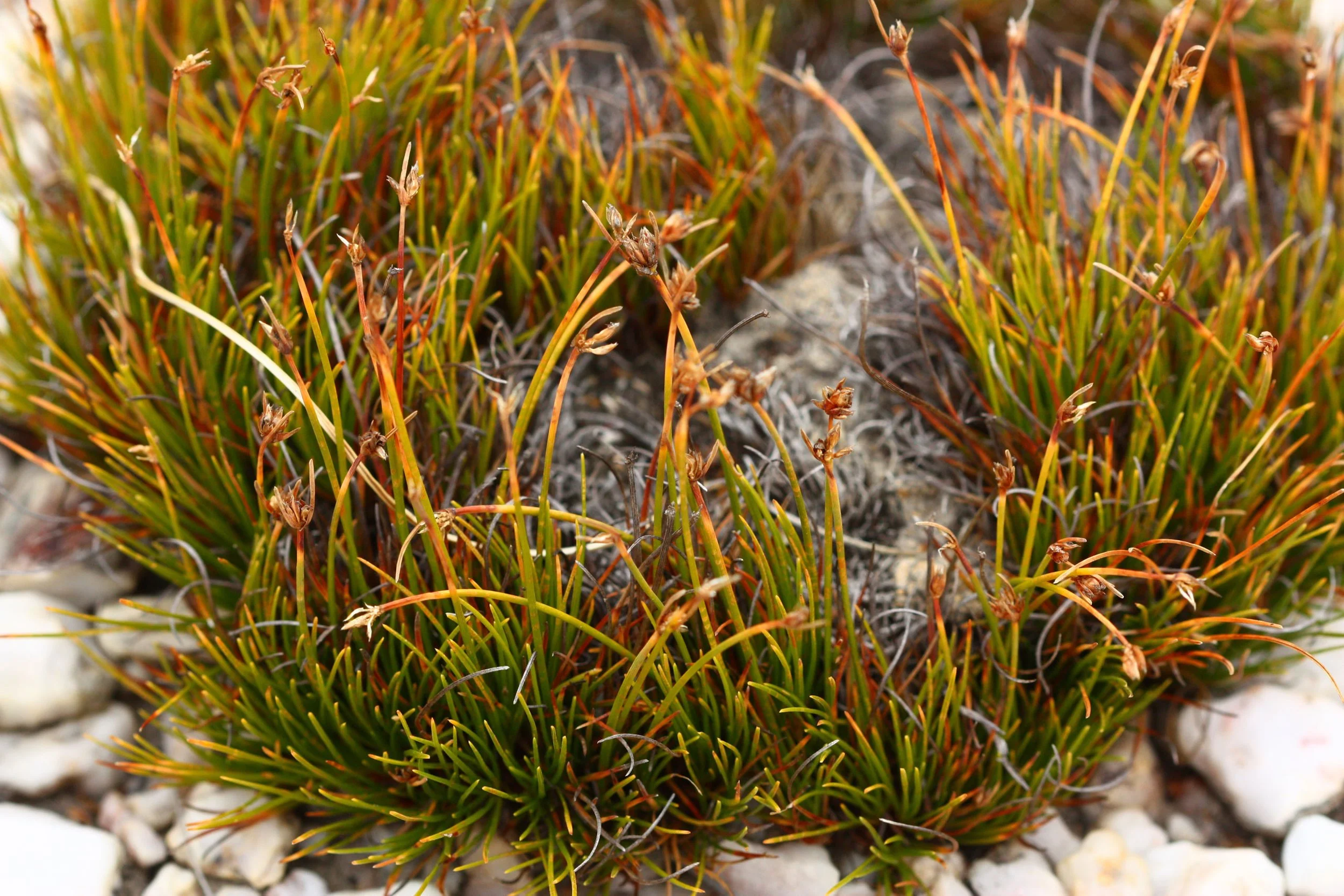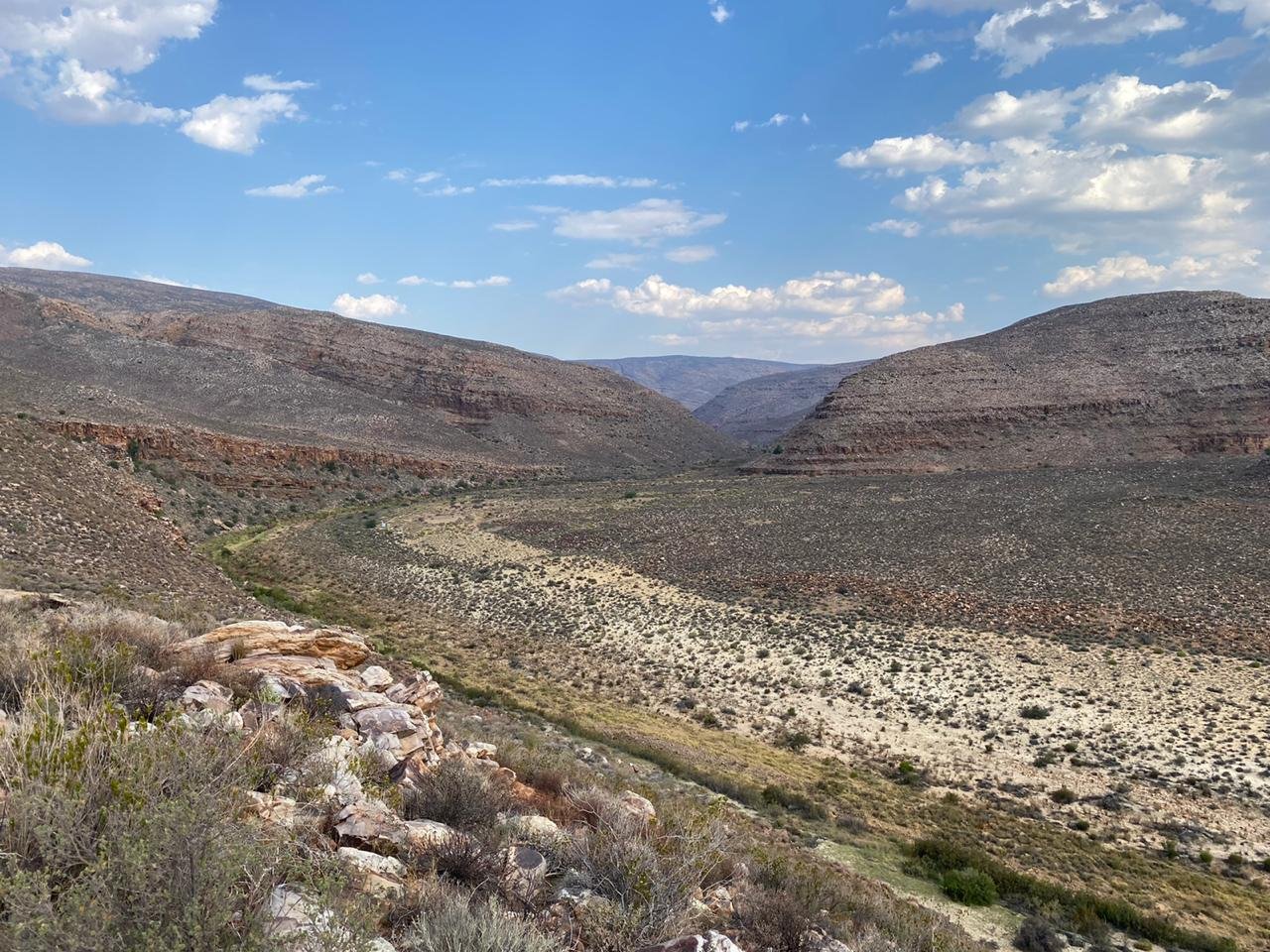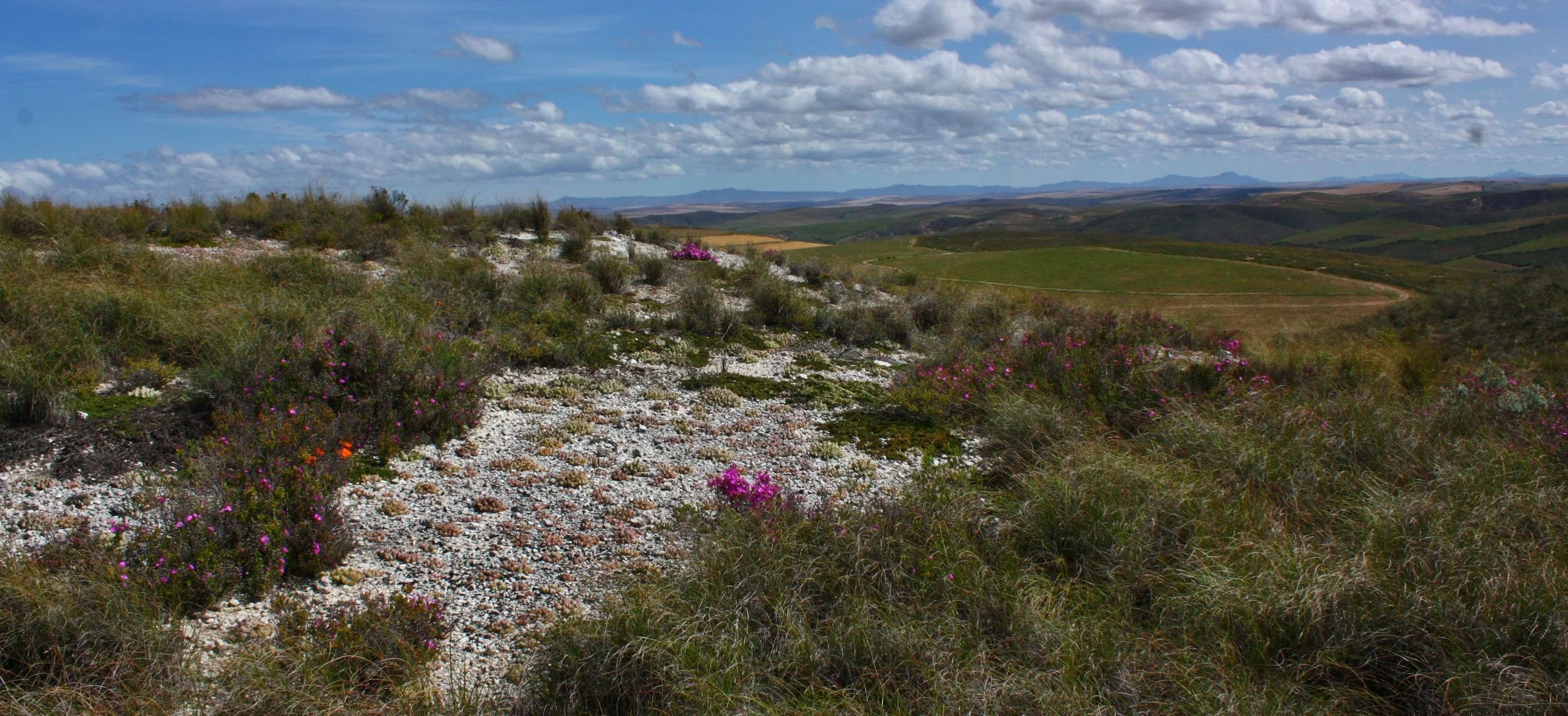How the World’s Highest Bulb Diversity is Hanging on by a Thread
Black Harrier flying low over renosterveld habitat © Odette Curtis-Scott
A UNESCO World Heritage Site
There are only six floral kingdoms across the world. Most span continents and climatic ranges, but the smallest of the six is confined to the south-west corner of a single country at the bottom of Africa.
The Cape Floristic Kingdom in South Africa, a UNESCO World Heritage Site, is home to over 9000 vascular plant species; 69% of which are endemic. This is twice the number of species that occurs in America’s most biodiverse State, Alabama, stuffed into an area half its size. The majority make up the ‘fynbos’, fire-dependent shrubs which grow on nutrient poor soils and often have highly specific pollinators - mammal, insect or bird. Proteas are the best known type of fynbos and are highly popular in the world’s flower markets.
In a system so highly specialised and range-restricted it is not unusual to have rare species or vegetation types, but one Cape Floristic Kingdom plant community has lost 95% of its former range and make up and is renowned for the fact that many species may in fact only be found on a single hillside.














All photos by Odette Curtis-Scott
Biodiversity That Is Critically Endangered
Renosterveld is one of the richest ecosystems in the world due to its extraordinary bulb diversity. However, it favours more fertile soils, which in the last 50 to 100 years, have nearly all been ploughed for agriculture. 95% of inland-lowland habitats have been transformed into monoculture and the renosterveld has almost entirely disappeared. The little that remains is highly fragmented, with few patches that are large enough to maintain full ecological integrity. Today all types of renosterveld are considered to be Critically Endangered and also are classed as “100% irreplaceable”.
Renosterveld used to be rich in wildlife but those animals have largely gone - in the case of quaggas and bluebuck, they were hunted to extinction, while bontebok came perilously close. Today, they have been replaced with livestock and overgrazing can be a significant problem, degrading land further.
Saving the Renosterveld Biome
Most of the remaining renosterveld fragments are found on existing farmlands and a great deal of work has been done by local NGOs with farmers in the area to protect these remnants. Large, undisturbed areas are extremely rare and where they exist, it would be of inordinate importance to the continuing existence of this vegetation type and countless species, that efforts be made to formally protect them.
There are three unique properties next to each other which contain the largest area of remnant Lowland Renosterveld left in its entire original distribution area. The biodiversity levels recorded on and around these properties are exceptional with at least 36 threatened plant taxa recorded to date. One property has been bought and turned into a Contract Nature Reserve, managed by the Overberg Renosterveld Conservation Trust (ORCT), but what about the other two?
Wildlandscapes International is assisting the ORCT with securing 1,825 acres of Critically Endangered Eastern Rûens Shale Renosterveld, one of the most endangered vegetation types on the planet. This vital habitat will adjoin and extend the Nature Reserve, ensuring that it is protected going forward. These are only two properties with this amount of renosterveld remaining and the only way of securing them is through purchase. Donors have raised half the funds needed for purchase, but without the remaining funds they will remain unsecured.
How do you place a value on the last intact habitat of a critically endangered plant community? Well, in terms of what we have to lose, it is invaluable. In terms of physically securing and protecting it forever – $500,000 should do it.
Vanessa Stephen is WildLandscapes International Director of International Operations. She is a conservation biologist, educator, and photographer with diverse and extensive experience in a number of ecosystems, predominantly fynbos and African savannah systems. She has a side obsession in seabirds, particularly in the Southern Ocean.


